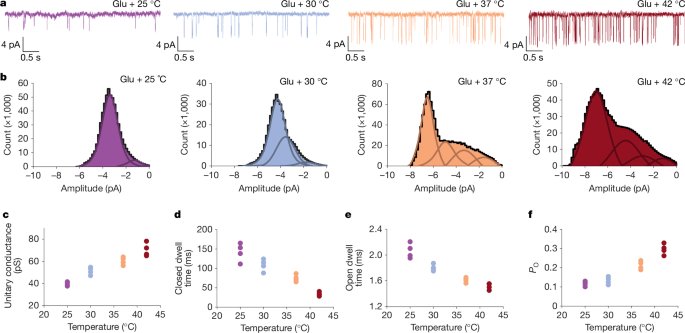
Elephants Travel Smart to Conserve Energy on Their Journeys
www.discovermagazine.com
Elephants are no pushovers when it comes to walking great distances every day, and they even seem to have a knack for planning their demanding journeys. A new study puts the ingenuity of these mammals on full display, showing how they strategically choose certain routes to make their trips as efficient as possible.The study, published in the Journal of Animal Ecology, shares several key findings that demonstrate how African savanna elephants move through challenging landscapes. Being the largest megaherbivores on Earth, these animals need to eat heaps of low-calorie vegetation to stay energized, yet their prodigious size makes moving around a physical ordeal. To save energy, the elephants deliberately travel through certain landscapes based on the terrain, vegetation, and water sources.Tracking Elephant MigrationIn the new study, researchers used GPS tracking data from 157 African elephants in Northern Kenya. Researchers analyzed the data collected over 22 years (from 1998 to 2020) with a modeling method called ENERSCAPE, which estimates the cost of movement in legged terrestrial animals based on body mass and the incline of terrain.The researchers paired the estimates with satellite data on vegetation productivity and water availability, and with this information, they were able to devise energy landscapes that would inform them on the ways elephants tended to move.They then followed a process known as step-selection functions to determine how environmental factors influenced elephant movement, comparing the locations elephants visited with other nearby areas that they didnt choose.What Do Elephants Plan For?Elevation is considered an important factor in elephants habitat preferences, but movement costs are more often associated with the slope of terrain. The new study found that 94 percent of the elephants represented by the data avoided areas with steep slopes and rough terrain, showing that they purposefully picked routes that would save them energy.While more detailed research is needed to fully understand how an elephant uses its habitat, this study identifies a central decision-making factor for travelling elephants: save energy whenever possible, said co-author Fritz Vollrath of the University of Oxford in a statement.Whether or not an area has easy access to food also plays a role in elephants movement; 93 percent of the elephants preferred areas with high vegetation productivity.The researchers encountered a different outcome with water availability, finding that only 41 percent of the elephants preferred areas in close proximity to water. The researchers note that elephants preference for water availability may change based on additional considerations like elevation and the presence of humans near water sources. The fact that elephants dont always travel to the nearest river or pond adds a layer of complexity to their decision-making abilities.The speed of the elephants movement also impacts the likelihood of avoiding areas that would be difficult to navigate and waste too much energy. When moving slowly, 74 percent of individualsavoided energetically costly areas, and this increased to 86 percent at intermediate speeds and then to 93 percent at fast speeds.Support for Elephant ConservationThe information gathered from the study will serve as a guide to create more effective conservation measures for elephants, the researchers say. Knowing how elephants choose to move could help conservationists as they design protected areas and migration corridors for the animals. The study could also be used to model how elephants movements may be modified by climate change, which will affect ecological conditions like food and water availability.The next step for researchers is to assess other factors that havent been extensively covered, including seasonal changes, human disturbances, and climate change effects.Article SourcesOur writers at Discovermagazine.com use peer-reviewed studies and high-quality sources for our articles, and our editors review for scientific accuracy and editorial standards. Review the sources used below for this article:Journal of Animal Ecology. Energy landscapes direct the movement preferences of elephantsJack Knudson is an assistant editor at Discover with a strong interest in environmental science and history. Before joining Discover in 2023, he studied journalism at the Scripps College of Communication at Ohio University and previously interned at Recycling Today magazine
0 Commentarii
·0 Distribuiri
·69 Views










